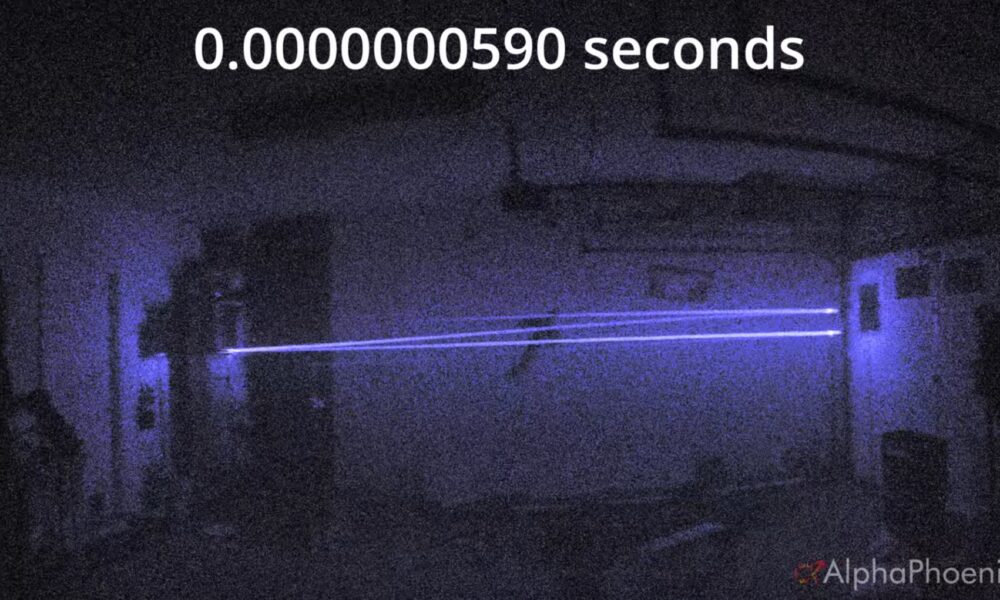A groundbreaking development in medical technology has emerged with the introduction of a remote-controlled robot, approximately the size of a grain of sand, designed to navigate through blood vessels for precise drug delivery. This innovative system aims to administer small doses of medication directly to targeted areas within the body, potentially minimizing the harmful side effects associated with broader drug therapies.
The technology, spearheaded by a team at the Swiss Federal Institute of Technology (ETH) in Zurich, marks a significant advancement in the field of targeted medicine. According to Bradley Nelson, a mechanical engineer and co-leader of the project, the robot’s design has already been tested in conditions mimicking roughly human-sized bodies. All components have demonstrated biocompatibility, which is crucial for any medical application.
Promising Applications in Medicine
The ability to deliver drugs directly to specific sites within the body could revolutionize treatments for various conditions. Traditional therapies often distribute medication throughout the entire body, leading to adverse effects that can hinder patient recovery. This new approach could provide a solution, allowing for localized treatment while reducing systemic exposure to drugs.
While the robot has yet to undergo clinical trials in humans, its initial success in controlled environments suggests a promising future. The research team is optimistic about the potential applications of this technology, highlighting its capacity to improve patient outcomes in numerous medical fields.
In an age where precision medicine is becoming increasingly important, such advancements in drug delivery systems represent a significant step forward. As research continues, the medical community eagerly anticipates the results of forthcoming trials that will determine the viability of this innovative approach.
The intersection of engineering and medicine in this project exemplifies how interdisciplinary collaboration can lead to transformative solutions in healthcare. With further development, the tiny robot could pave the way for new therapies that prioritize patient safety and efficacy, ultimately reshaping the landscape of medical treatment.
As this exciting technology progresses, it brings hope to patients and healthcare providers alike, demonstrating that even the smallest innovations can have a profound impact on medicine.







